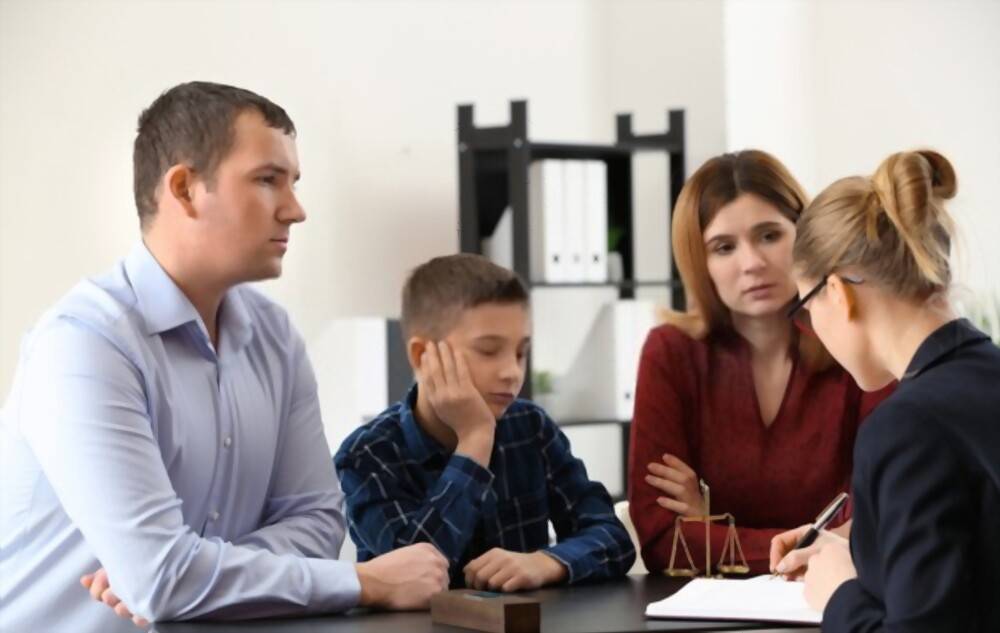Divorce is never easy. It marks the end of a partnership that once promised a shared future. When children are involved, the emotional stakes are even higher. Beyond the personal pain and upheaval, parents must work through the complex legal and emotional process of determining custody arrangements that are in the best interest of their children. Understanding how child custody works and how to navigate it thoughtfully can make an incredibly difficult time just a little more manageable.
Child Custody refers to the legal rights and responsibilities a parent holds regarding their child’s upbringing. Custody is divided into two types:
Physical Custody: Where the child lives and who is responsible for their day-to-day care.
Legal Custody: The right to make important decisions about the child’s welfare, including education, healthcare, and religious upbringing.
Custody can be either sole (awarded to one parent) or joint (shared between both parents). Courts typically prefer joint custody arrangements, believing that maintaining strong relationships with both parents is generally in the child’s best interests unless there are concerns about safety, abuse, or neglect. Every family situation is unique, but judges generally consider several key factors when deciding custody, The child’s age, needs, and emotional ties to each parent, Each parent’s ability to provide a stable, nurturing environment, Each parent’s mental and physical health, Any history of domestic violence or substance abuse. The child’s preference, depending on their age and maturity, the willingness of each parent to foster a healthy relationship between the child and the other parent. Ultimately, the best interests of the child guide all custody decisions.
Even when emotions are running high, keeping your child’s well-being at the center of your decisions is essential. Tensions may be inevitable, but try to keep communication civil and focused on the child. Avoid speaking negatively about your ex-partner in front of your children. Clear agreements can prevent future conflicts. Work out specifics such as holiday schedules, school responsibilities, and how major decisions will be made. Life changes, jobs shift, people move, kids’ needs evolve. Being open to adjustments can make co-parenting smoother for everyone involved. Sometimes what’s best for the child isn’t what feels easiest for a parent. Staying child-focused helps minimize the long-term impact of the divorce. Therapists, mediators, and legal professionals specializing in family law can provide guidance and help you navigate the process more effectively.
Divorce and child custody battles can feel overwhelming, but they also offer an opportunity: to build a new, healthy, and supportive family dynamic. With patience, respect, and a focus on your child’s needs, it’s possible to turn a painful chapter into a hopeful new beginning. If you’re facing Divorce and Child Custody questions, don’t hesitate to seek legal advice and emotional support. You don’t have to go through it alone.


